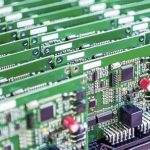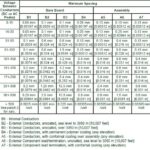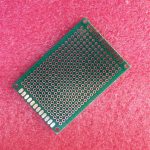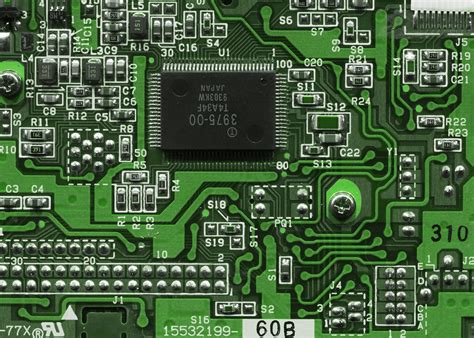
Blog
-
What is a Printed Circuit Board?
Posted by
–
 Read more: What is a Printed Circuit Board?
Read more: What is a Printed Circuit Board?History of Printed Circuit Boards The concept of printed circuits can be traced back to the early 20th century. In 1903, Albert Hanson, a German inventor, filed a patent for a method of creating conductive pathways on an insulating material. However, it wasn’t until the 1940s that PCBs began to […]
-
What are Lifted Pads on Printed Circuit Boards?
Posted by
–
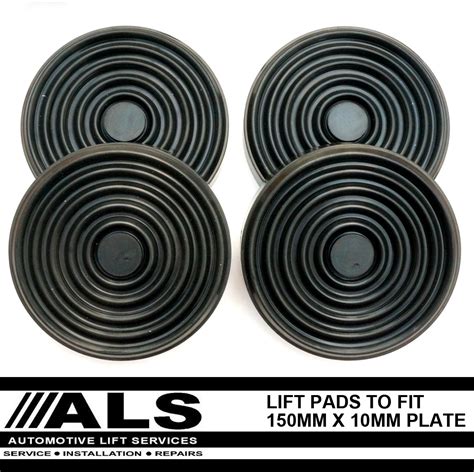 Read more: What are Lifted Pads on Printed Circuit Boards?
Read more: What are Lifted Pads on Printed Circuit Boards?What are Lifted Pads? Lifted pads, also known as pad lifting or pad peeling, refer to a manufacturing defect where the copper pad on a PCB separates from the board’s surface. The pad, which is designed to provide an electrical connection point for components, becomes detached from the PCB substrate, […]
-
What are Non-Plated Through Holes?
Posted by
–
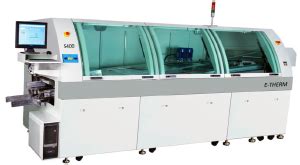 Read more: What are Non-Plated Through Holes?
Read more: What are Non-Plated Through Holes?What are Non-Plated Through Holes? Non-plated through holes are holes drilled through a PCB that do not have a conductive metal coating on their inner walls. Unlike plated through holes (PTH), which are used for electrical connectivity between layers of a PCB, non-plated through holes do not establish electrical connections. […]
-
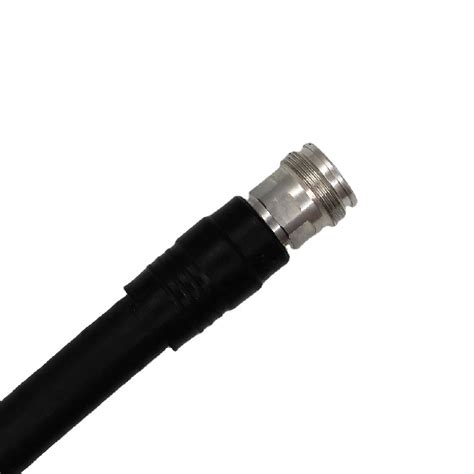 Read more: Tips for Choosing the Perfect Cable Assembly Manufacturer!
Read more: Tips for Choosing the Perfect Cable Assembly Manufacturer!Understand Your Cable Assembly Requirements Before you start your search for a Cable Assembly Manufacturer, it’s essential to have a clear understanding of your cable assembly requirements. Consider the following factors: Type of cable assembly (e.g., power cables, data cables, custom cables) Cable materials (e.g., copper, fiber optic, coaxial) Cable […]
-
Custom Cable Assembly
Posted by
–
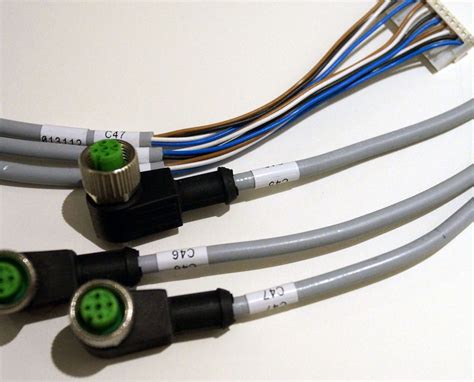 Read more: Custom Cable Assembly
Read more: Custom Cable AssemblyWhat is a Custom Cable Assembly? A custom cable assembly, also known as a CableAssembly, is a specialized electrical component designed and manufactured to meet specific requirements for a particular application or device. These assemblies consist of various cables, connectors, and other components that are carefully chosen and configured to […]
-
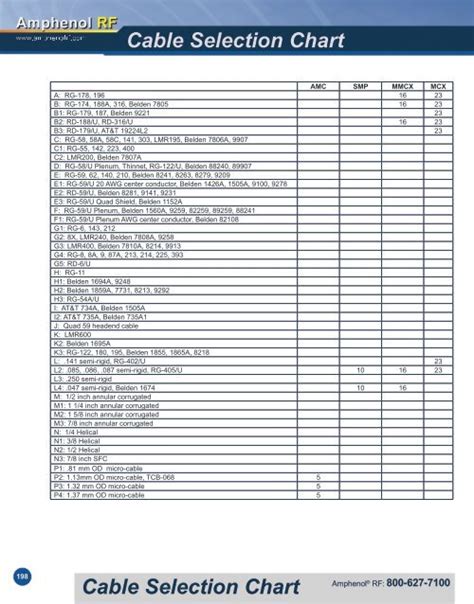 Read more: The Top Reasons Why Medical Cable Assemblies Should be Selected Carefully
Read more: The Top Reasons Why Medical Cable Assemblies Should be Selected CarefullyUnderstanding Medical Cable Assemblies Medical cable assemblies are specialized interconnect solutions designed specifically for use in medical devices and equipment. These assemblies typically consist of cables, connectors, and other components that are engineered to meet stringent requirements for biocompatibility, sterilization, durability, and electrical performance. Key Components of Medical Cable Assemblies […]
-
 Read more: Top 10 Myths and Facts about selecting the Electronic Contract Manufacturing Partner
Read more: Top 10 Myths and Facts about selecting the Electronic Contract Manufacturing PartnerIntroduction Selecting the right Electronic Manufacturing Services (EMS) partner is crucial for the success of your electronic product. However, there are many myths and misconceptions surrounding the process of choosing an EMS provider. In this article, we will debunk the top 10 myths and provide you with the facts to […]
-
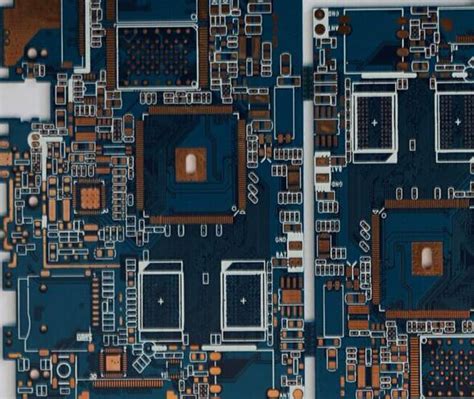 Read more: Top 10 Reasons To Build Lead-Free And RoHS Compliant PCB Assembly
Read more: Top 10 Reasons To Build Lead-Free And RoHS Compliant PCB Assembly1. Compliance with International Regulations One of the primary reasons to build lead-free and RoHS compliant PCB assembly is to adhere to international regulations. The Restriction of Hazardous Substances (RoHS) directive, introduced by the European Union in 2006, restricts the use of six hazardous materials, including lead, in the manufacture […]
-
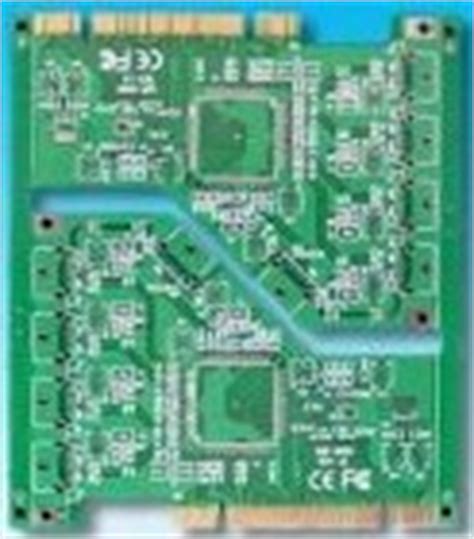 Read more: 5 Effective Ways of Digital Image Correlation benefits in Lead-free PCB Manufacturing
Read more: 5 Effective Ways of Digital Image Correlation benefits in Lead-free PCB ManufacturingIntroduction to Digital Image Correlation (DIC) in PCB Manufacturing Digital Image Correlation (DIC) is a powerful optical technique that has been gaining traction in various industries, including Lead-Free PCB manufacturing. DIC allows for non-contact, full-field strain and displacement measurements, providing valuable insights into the mechanical behavior of materials and structures. […]
-
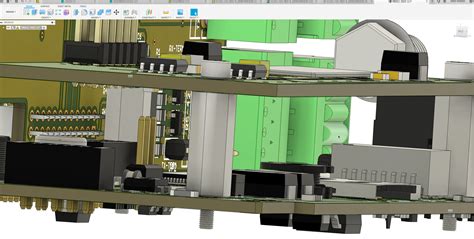 Read more: Printed Circuit Board For Industrial Application Drives a wave of Innovation
Read more: Printed Circuit Board For Industrial Application Drives a wave of InnovationIntroduction to PCB Innovation Printed circuit boards (PCBs) have revolutionized the electronics industry since their inception in the early 20th century. PCBs are the backbone of modern electronic devices, connecting and supporting various components to create complex circuits. In recent years, PCB technology has undergone significant advancements, particularly in the […]
